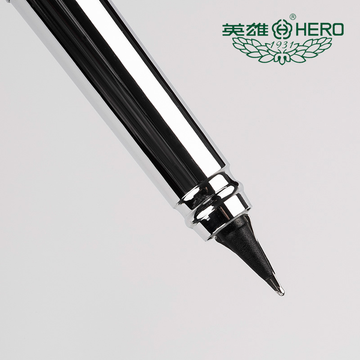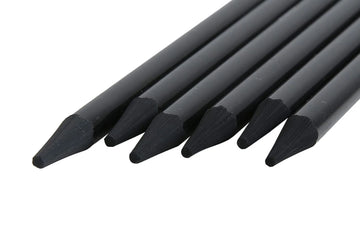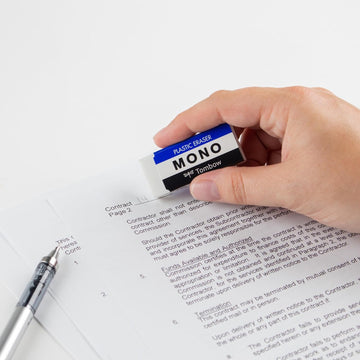
Writing can be a challenging task for left-handed individuals due to various factors such as the layout of writing materials, societal pressure to conform to right-handed norms, and unique writing techniques. In this blog post, we will discuss helpful tips and guidelines to make the writing experience smoother and more efficient for left-handed writers.
Correct Paper Placement For left-handed writers, paper should be placed with the left corner pointing upwards and tilted at a slight angle (30-35 degrees). This arrangement accommodates the natural arc of the left-handed hand, preventing the writer from hunching over the paper or straining their arm.
Adapted Tools and Materials Special writing tools, such as angled or triangular pencils and ergonomic left-handed pens, can make the writing process more comfortable by providing better hand and finger placement. Loose leaf paper is advisable for lefties, as three-ring binders and spiral notebooks may cause discomfort when resting their arm on the right-hand page.
Proper Grip and Posture It is crucial to grip the pencil ~2.5 cm (1 inch) to 3.8 cm (1.5 inches) from the point. Keep your wrist straight, with the hand below the writing line. Holding the writing instrument too close to the point might lead to excessive pressure, discomfort, and premature wear.
Practice Writing Legibly Some left-handed writers struggle to write legibly, especially if they are copying words and numbers. Focus on improving letter formation by ensuring that fingers maintain consistent spacing while writing, which may not come naturally. It may also be necessary to teach the writer to avoid smudges by sliding their hand along the bottom of the paper while writing instead of moving upwards from line to line.
Embrace the Left-Handed Writing Style Do not feel compelled to adjust your writing style to conform to that of right-handed individuals. Encourage natural left-handed writing movement, and emphasize that this method is equally effective. Accept and embrace individuality and allow left-handedness to become an asset, not a handicap.
In conclusion, left-handed writers can excel in their craft by employing these practical tips, making adjustments to their tools and writing materials, practicing proper grip and posture, and focusing on legible writing. Embracing the unique writing style of left-handedness paves the way for confidence, and a seamless and fulfilling writing experience. Remember, it can be challenging being left-handed sometimes, but you can also write with flair and style and make a statement that's uniquely yours!
Correct Paper Placement For left-handed writers, paper should be placed with the left corner pointing upwards and tilted at a slight angle (30-35 degrees). This arrangement accommodates the natural arc of the left-handed hand, preventing the writer from hunching over the paper or straining their arm.
Adapted Tools and Materials Special writing tools, such as angled or triangular pencils and ergonomic left-handed pens, can make the writing process more comfortable by providing better hand and finger placement. Loose leaf paper is advisable for lefties, as three-ring binders and spiral notebooks may cause discomfort when resting their arm on the right-hand page.
Proper Grip and Posture It is crucial to grip the pencil ~2.5 cm (1 inch) to 3.8 cm (1.5 inches) from the point. Keep your wrist straight, with the hand below the writing line. Holding the writing instrument too close to the point might lead to excessive pressure, discomfort, and premature wear.
Practice Writing Legibly Some left-handed writers struggle to write legibly, especially if they are copying words and numbers. Focus on improving letter formation by ensuring that fingers maintain consistent spacing while writing, which may not come naturally. It may also be necessary to teach the writer to avoid smudges by sliding their hand along the bottom of the paper while writing instead of moving upwards from line to line.
Embrace the Left-Handed Writing Style Do not feel compelled to adjust your writing style to conform to that of right-handed individuals. Encourage natural left-handed writing movement, and emphasize that this method is equally effective. Accept and embrace individuality and allow left-handedness to become an asset, not a handicap.
In conclusion, left-handed writers can excel in their craft by employing these practical tips, making adjustments to their tools and writing materials, practicing proper grip and posture, and focusing on legible writing. Embracing the unique writing style of left-handedness paves the way for confidence, and a seamless and fulfilling writing experience. Remember, it can be challenging being left-handed sometimes, but you can also write with flair and style and make a statement that's uniquely yours!




